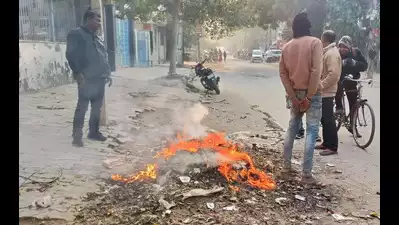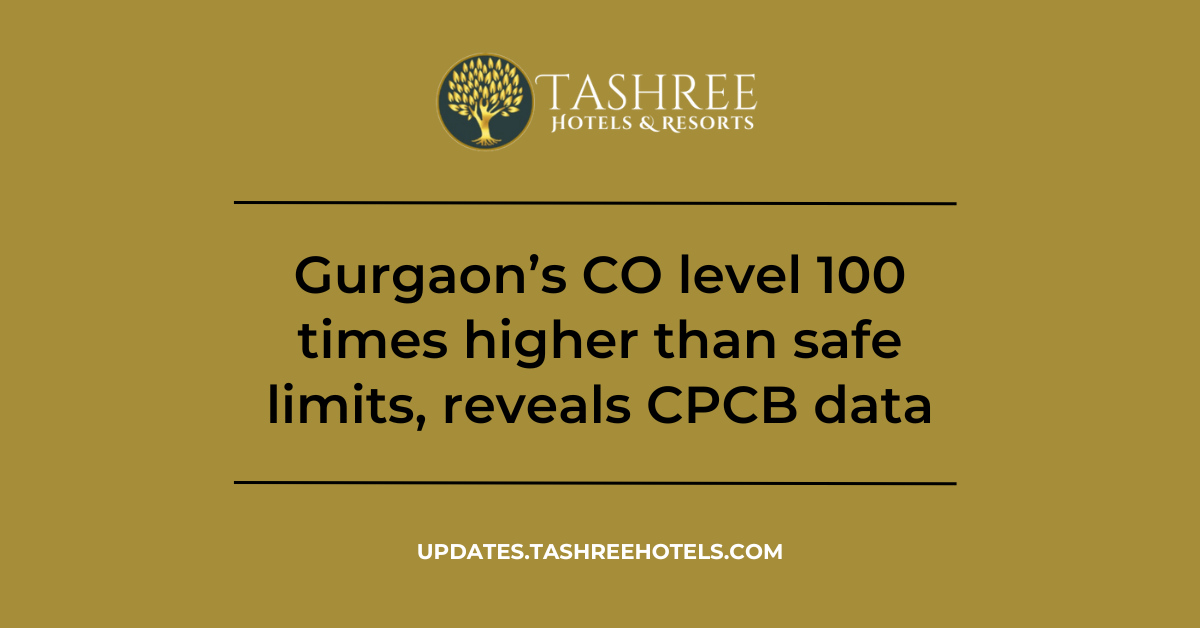
Recent data from the Central Pollution Control Board (CPCB) indicates that between January 1 and 23, 2025, Gurgaon’s carbon monoxide (CO) levels have exceeded safe limits by over 100 times, with concentrations ranging from 110µg/m³ to 170µg/m³, far surpassing the permissible limit of 1.7µg/m³.
This significant increase in CO levels poses serious health risks, including respiratory and cardiovascular issues. Experts attribute the surge to factors such as the burning of waste materials like plastic and rubber, as well as traffic congestion.
In response, the Commission for Air Quality Management (CAQM) has mandated stringent punitive measures and directed the Haryana State Pollution Control Board (HSPCB) to prompt the Municipal Corporation of Gurgaon (MCG) to inspect waste burning hotspots. They are also required to report on enforcement actions, case statuses, and strategies to eliminate open waste burning.
Monitoring data reveals that Vikas Sadan, a commercial area near the Delhi-Jaipur Highway, recorded 90 hourly exceedances of the Indian National Ambient Air Quality Standards (NAAQS) limit of 4 mg/m³, identifying it as a significant CO pollution hotspot. Sector-51 and NISE Gwalpahari documented 12 and 9 exceedances, respectively, while Teri Gram recorded none.
Residents have reported persistent illegal waste disposal and burning activities, despite numerous complaints to the police, MCG, and pollution control authorities. Additionally, particulate matter levels have repeatedly breached safe limits. On Thursday, PM2.5 levels peaked at Sector 51 (256 µg/m³), followed by Teri Gram (234 µg/m³) and Vikas Sadan (220 µg/m³). PM10 emissions were highest at Sector 51 (245µg/m³), followed by Teri Gram (230 µg/m³).
The city’s Air Quality Index (AQI) remained in the ‘poor’ category for the fifth consecutive day on Thursday, registering 207, up from Wednesday’s 201. The air quality early warning system forecasts poor air quality from January 24 to 26, with predominant northwesterly winds potentially bringing additional pollutants into the region.

